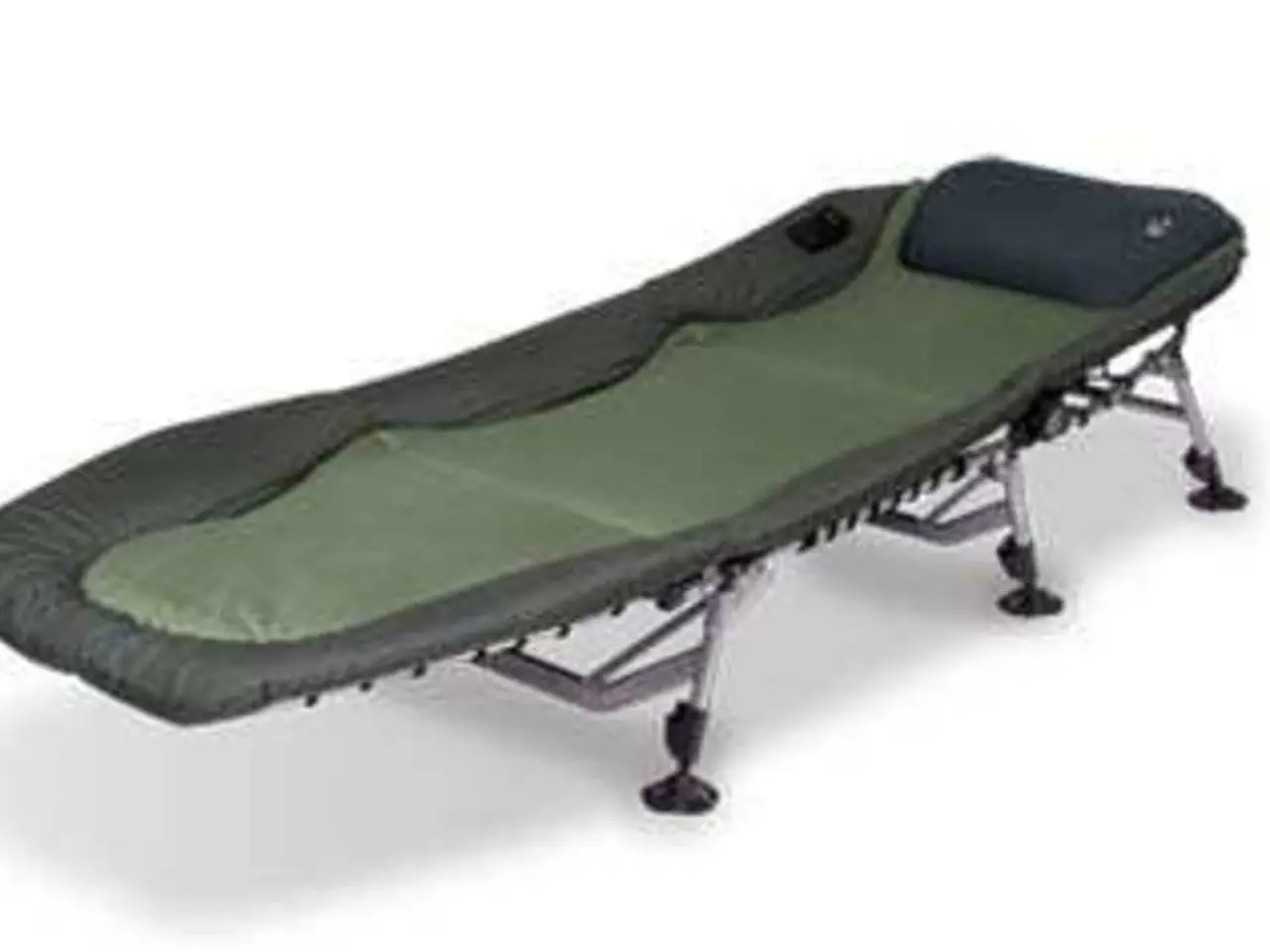Alleviating Shoulder Discomfort through Stretching: Unveiling Its Advantages
Stretching has been identified as an effective method for relieving shoulder pain and promoting long-term shoulder health. Here's a guide to some of the most beneficial stretching exercises for your shoulders.
Firstly, it's crucial to approach stretching with caution. Begin slowly and gently, and always listen to your body to avoid overstretching or causing further injury.
One simple exercise to enhance flexibility is the shoulder cross-body stretch. To perform, extend your right arm across your body towards your left shoulder, gently pulling your elbow towards the opposite side. Hold the stretch for 15-30 seconds, then repeat on the other side.
The doorway stretch is another effective exercise that targets the shoulder joint. Stand in a doorway with your arms at shoulder height and place your forearms on the door frame. Lean forward, keeping your back straight, until you feel a stretch in your shoulders. Hold the stretch for 15-30 seconds on each side.
The behind-the-back stretch is an excellent exercise for improving circulation in the shoulders. Stand with feet shoulder-width apart, clasp hands behind your back, and lift your arms away from your body. Hold the stretch for 15-30 seconds.
The shoulder blade squeeze is an effective stretch for relieving muscle tension. To perform, sit or stand upright with arms relaxed, squeeze your shoulder blades together, hold for 5-10 seconds, and repeat for several repetitions.
Health care experts recommend a variety of stretching exercises for shoulder relief. These include arm circles, shoulder blade squeezes, wall slides, and shoulder stretches where one hand gently pulls the opposite elbow across the body, holding for 15-30 seconds for 2-3 repetitions. Additionally, doorway stretches to open the chest and dynamic stretching with arms raised and rotated are advised to improve mobility and reduce tension without provoking pain.
Regular stretching contributes to long-term shoulder health by improving flexibility, range of motion, and muscle balance. This helps prevent future shoulder injuries and promotes overall shoulder strength. Stretching can also aid in the healing process of injured or inflamed tissues in the shoulder, enhancing circulation and promoting healing.
However, if you experience persistent shoulder pain or if pain worsens with stretching, seek medical attention to rule out any underlying conditions or injuries that may require additional treatment. It's always best to consult with a healthcare professional, such as a physiotherapist or qualified fitness trainer, to ensure proper stretching technique and to customize a stretching routine based on your specific needs.
In conclusion, incorporating stretching exercises into your daily routine can provide significant benefits for your shoulder health and overall well-being. Remember to approach stretching with caution, listen to your body, and seek professional advice when needed.






